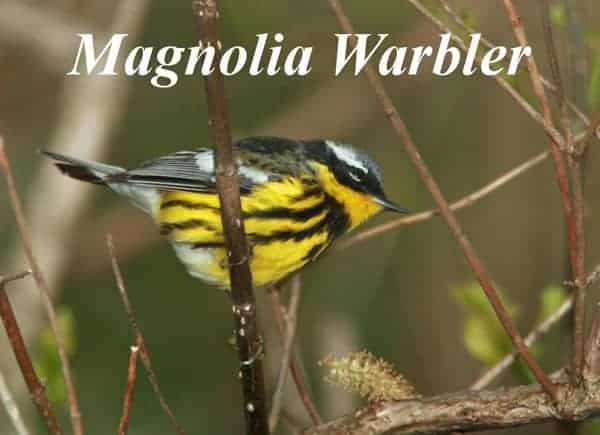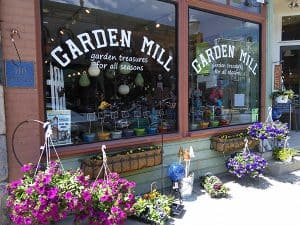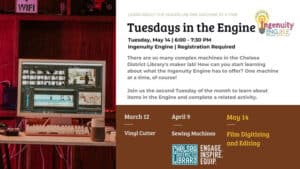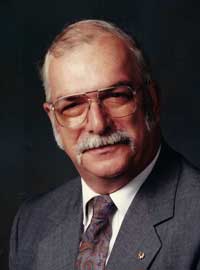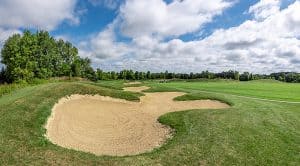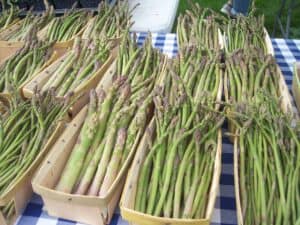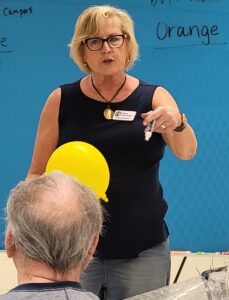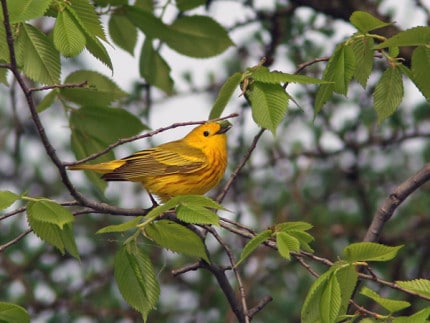
(Chelsea Update would like to thank Tom Hodgson and the Waterloo Natural History Association for the information and photos in this story.)
They are coming by the thousands.
They fly at night, navigating by starlight and the earth’s magnetic field.
Many have traveled from as far away as Central and South America. They are dropping into area woodlands to spend the daylight hours voraciously feeding on newly emerged insects.
As the sun sets, they will take to the skies again to continue their dark journey northward, only to be replaced by another wave arriving early the next morning. They are considered by many birders to be the colorful “butterflies” of the bird world and the “sexiest” of all the song birds.

Who are they? They are the warblers. For the next four weeks, wave after wave of warblers will be visiting the Chelsea area. Over 30 species in all. Some will stay to nest, but most will move on to breeding grounds in Northern Michigan and Canada.
Mother’s Day weekend is often considered the peak of the warbler migration.
They are attracted to wooded shorelines of area lakes and the banks of local streams where some early insect hatches are underway. Those of us who live in the country surrounded by woods and marshes may see them in our own back yards. For the rest, the nearby Waterloo Recreation Area provides thousands of acres of prime resting habitat for migrating warblers. But with 21,000 acres of park land to investigate, where does one begin?
Although warblers can be found throughout the park, there are several easily accessible hot spots where warbler watching can be especially good. One of them is the public boat launch and picnic site at the Park’s Big Portage Lake Unit on Seymour Road. The public boat launch and picnic site and associated trails on Crooked Lake off of Loveland Road is another.
The area around Mill Lake Outdoor Center accessible from Bush Road is another hot spot. The birds are especially attracted to the stretch of Mill Creek between Bush Road and the lake as there is usually an insect hatch underway this time of year.
Walking Glenn Road between Baldwin Road and Katz Road, and List Road south of Seymour Road near the Big Portage Unit can also be productive. Cerulean warblers nest along McClure Road just east of Loveland Road. They are tree top foragers and nesters so plan on looking up into the canopy. Good binoculars are a must for watching warblers, but spotting scopes are useless as these birds are constantly on the move.

This should be a good year for warbler watching as the leaves are behind schedule due to the cool spring weather. The birds however, are right on time. This means that they will be foraging closer to the ground and will be less hidden by the expanding leaves. Other warblers that choose to nest in the Chelsea area include the American redstart, northern yellow-throat and the yellow warbler. The redstart prefers moist woodlands, the ovenbird likes upland woods, while the yellow-throat and the yellow warbler nest along the natural shorelines of area lakes and in shrubby wetlands.
The last three have very distinct calls. To some, the common yellow throat seems to say “witchita, witchita, witchita, witch.” To hear a northern yellow-throat, click here.
The yellow warbler seems to say “Sweet, sweet, summer, summer sweet.” To hear a yellow warbler, click here.
The ovenbird says “teaCHER, teaCHER, teaCHER.” To hear the ovenbird, click here.
The slide show below will help identify 16 of these colorful birds as they travel through the Chelsea area.














